Swiss solar projects soak up American rays
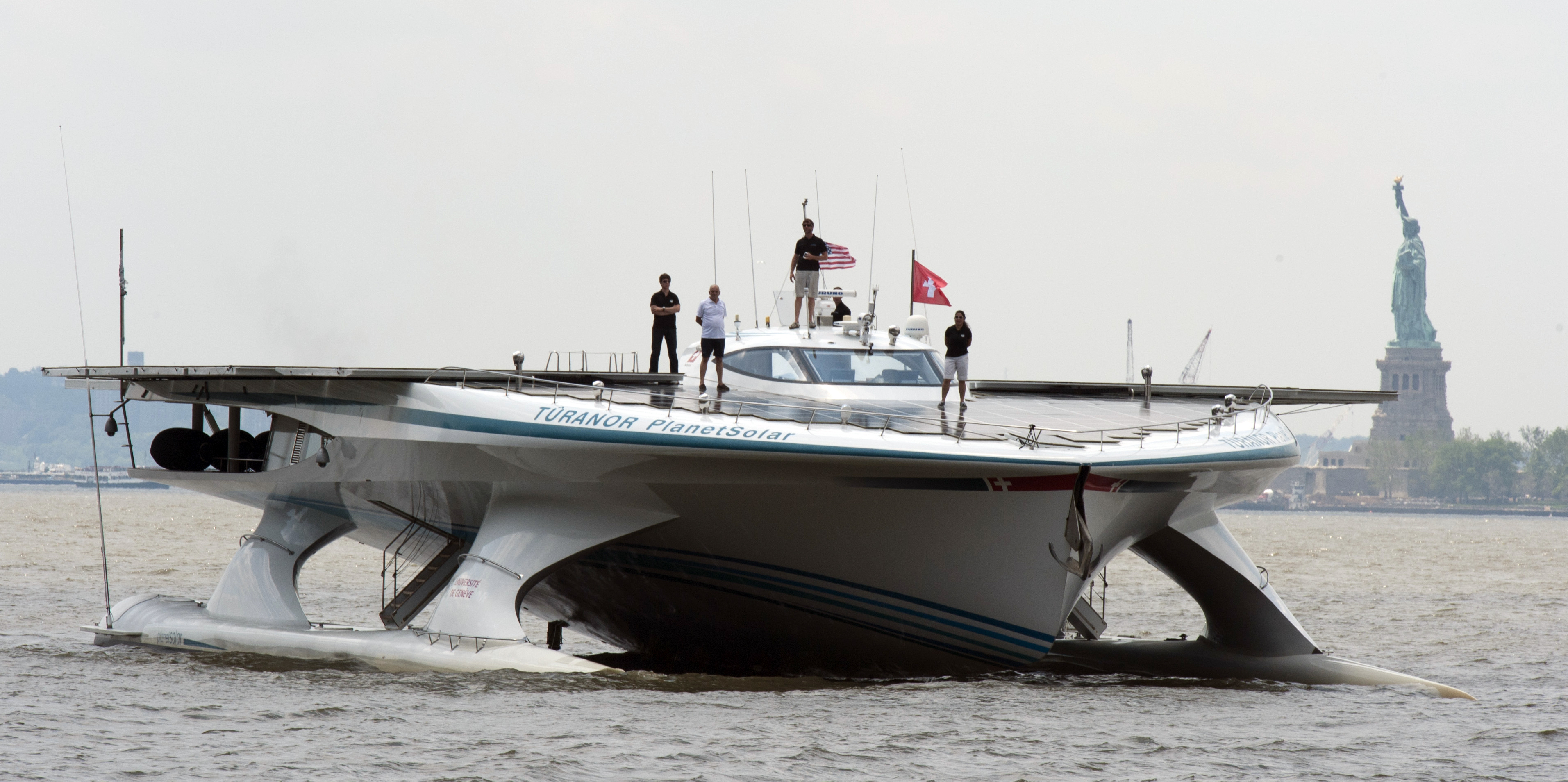
Two Swiss solar vehicles have spent recent months touring the United States raising awareness of the potential of renewable energy. But how successful have the trips been in generating valuable funds or forging new partnerships?
Running on solar power alone, the Solar Impulse airplane has flown across Switzerland, the Mediterranean and in 2013, the United States. Also this year, the MS Tûranor PlanetSolar, a solar-powered boat that has circled the globe, stopped off at three East Coast cities as part of a research trip.
The US is the ideal destination for projects like Solar Impulse and PlanetSolar looking to raise their profiles, according to Rolf Wüstenhagen, professor of management of renewable energies at St Gallen University.
“These projects are good examples of high technology with a healthy dose of adventure – which I think is something that attracts people in the States,” Wüstenhagen told swissinfo.ch. “I imagine they would very much resonate with the ‘can do’ attitude that we admire when we think of the US.”
But the real challenge, he said, is persuading people that these projects are more than just special high-tech toys or innovations and are relevant for future transport or energy decisions.
“I think it takes more to convince people over there than it does over here. If you travel around Europe you see lots of solar cells and wind turbines, but there are still parts of the US that rely heavily on fossil fuels,” Wüstenhagen said.
Solar Impulse
Unveiled in 2009 in Zurich, the Solar Impulse airplane was the brainchild of pilot and adventurer Bertrand Piccard. In 2010, it made the first night flight in the history of solar aviation.
With a wingspan of 63 meters, it’s as wide as an Airbus A-340. But instead of carrying 300 passengers, the Solar Impulse only has room for the pilot.
Running purely on solar power, the plane has flown across Switzerland (2010), the Mediterranean (2012) and the United States (2013).
The plane’s US trip, which began in California in early May, ended at New York’s John F Kennedy airport on Saturday, July 6, just after 11 pm local time. During the final leg of the trip, which began at Dulles airport in Washington, DC, the plane’s left wing developed an eight-foot tear.
“It was supposed to be the shortest and easiest leg,” said Bertrand Piccard, one of the two pilots who took turns flying the Solar Impulse across the United States. “It was the most difficult one.”
But the trip was “a huge success for renewable energy,” said the second pilot, Andre Borschberg. “The only thing that failed was a piece of fabric.”
In 2015, a second version of the plane will attempt to fly around the world.
A year gained
For the Solar Impulse airplane, the “Across America” mission was a windfall opportunity of sorts. For technical reasons, the team had to postpone its plans to circumnavigate the globe.
“But instead of thinking that we had lost a year, we felt that we had gained one and we decided to use it to bring the first version of the airplane to the US,” Solar Impulse pilot and CEO André Borschberg told swissinfo.ch. The second airplane, currently being assembled, will tackle the round-the-world journey in 2015.
In the US, Borschberg and his colleague Bertrand Piccard took turns flying from San Francisco to New York, with stops in Phoenix, Dallas, St Louis, Cincinnati and Washington, DC.
“It’s been interesting to see the reaction here. I think the level of excitement and interest is different than in other countries. The Americans have this capability to get excited about new projects, new ideas, innovation, and pioneers – so that’s impressive,” Borschberg said.
He also acknowledged the value of American media attention.
“A lot of pioneering projects have either been developed here or materialised in the US, so that’s in some ways a place which is still the best to launch something new. That’s where you get the biggest resonance in terms of communication,” Borschberg pointed out.
MS Tûranor PlanetSolar
The MS Tûranor PlanetSolar is the world’s largest solar-powered boat. It’s 35 meters long and has 516 square meters of solar panels. These photo-voltaic cells are what powered it on its round-the-world cruise – which took 19 months and finished in Monaco in May 2012.
In cooperation with Geneva University, the boat is now on a deep-water expedition to investigate the effects of climate change on the ocean.
While following the Gulf Stream, the boat made stops in Miami, New York and Boston in spring/summer 2013. It continues to the far north before returning to Europe.
Sun and sea
Like the Solar Impulse, the MS Tûranor PlanetSolar also enjoyed a warm reception when it traced the eastern US coastline – with stops in Miami, New York and Boston.
“The reaction has been very enthusiastic. I’ve heard a lot of comments like, ‘Wow, what a nice boat and what a surprise that it can be fully powered by solar energy’,” CEO Pascal Goulpié told swissinfo.ch.
In cooperation with Geneva University, PlanetSolar’s DeepWater Expedition is focusing on the effects of climate change on the Gulf Stream. Last year, it completed the first round-the-world solar boat tour.
So-called “science consulate” swissnex Boston hosted a number of events to introduce the boat and its work last month.
“We organised a scientific conference with the Woods Hole Oceanographic Institution, bringing together climatologists and ocean biologists and allowing for new contacts between Switzerland and the US. It also increased the visibility of Geneva University as a leading research university,” Sebastien Hug of swissnex Boston told swissinfo.ch.
According to Hug, foreign innovation is always welcome in America. For example, his organisation recently held a pitching competition where 20 Swiss entrepreneurs were each given a minute to introduce their companies. The event attracted 300 people.
“Americans are generally very interested in learning about European innovation and technology,” said Hug.
Potential payoffs
But in terms of funds or partnerships, how successful have the Swiss solar publicity tours been?
“Our budget is complete for this year, so we are not actively looking for funds,” said Goulpié of PlanetSolar. “But we do receive requests to develop other activities with our boat, such as the on-board hospitality programme, and that is very promising.”
By hospitality he means allowing private groups to host events – such as company outings – on the boat. Up to 20 people can enjoy a cruise on the MS Tûranor PlanetSolar.
The Solar Impulse team also hopes to forge some new deals.
“We’ve been having some very interesting discussions that will hopefully lead to something concrete. There’s a big interest and I think there are some interesting partnerships to develop – not just financially, but in the same way as we do with the European partners – working together to achieve our goals,” Borschberg said.
At the very least, inspiring change is a payoff that would benefit everyone.
“When I think of the opportunities for really making a difference, the US seems like a logical place because it’s one of the most carbon-intense economies of the world. At the same time there’s an interesting political debate going on, with President Obama trying to push towards more solutions to the climate challenge,” Wüstenhagen said.
“Perhaps these two Swiss initiatives could be two small contributions to making that policy switch really happen.”

In compliance with the JTI standards
More: SWI swissinfo.ch certified by the Journalism Trust Initiative
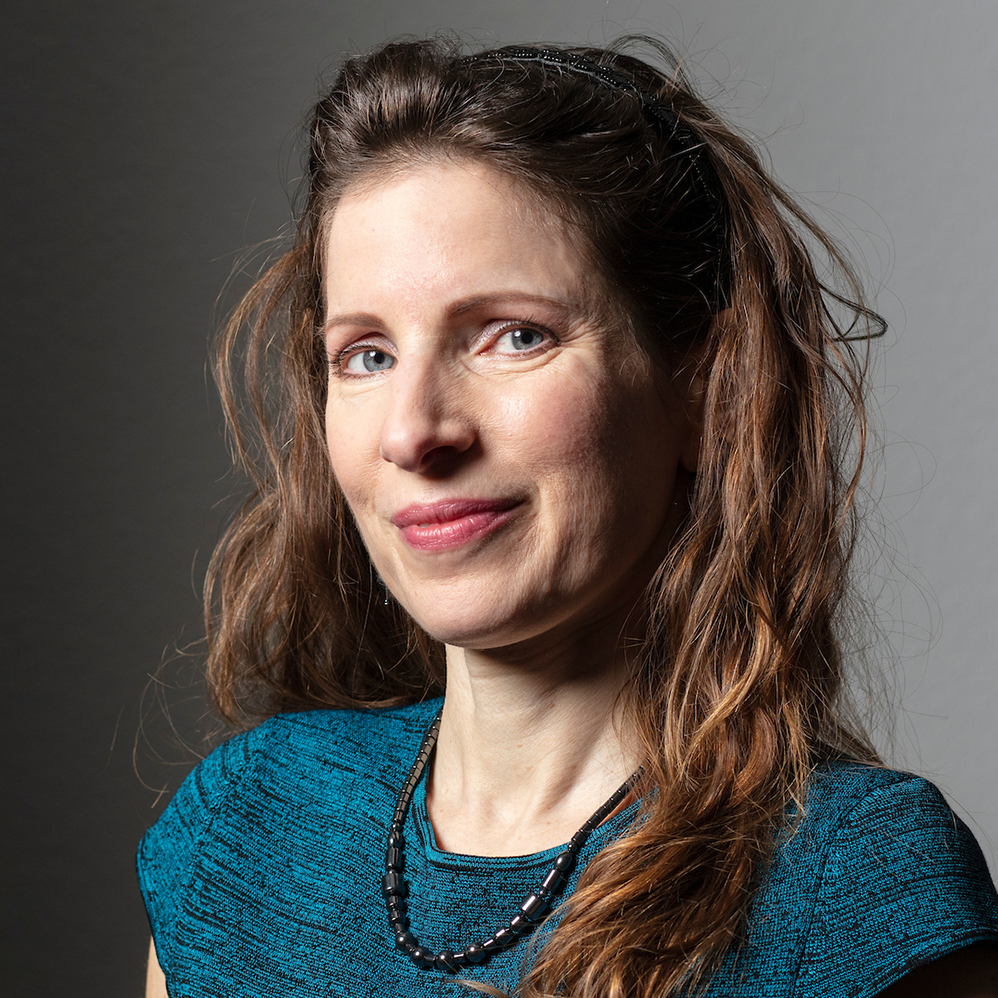
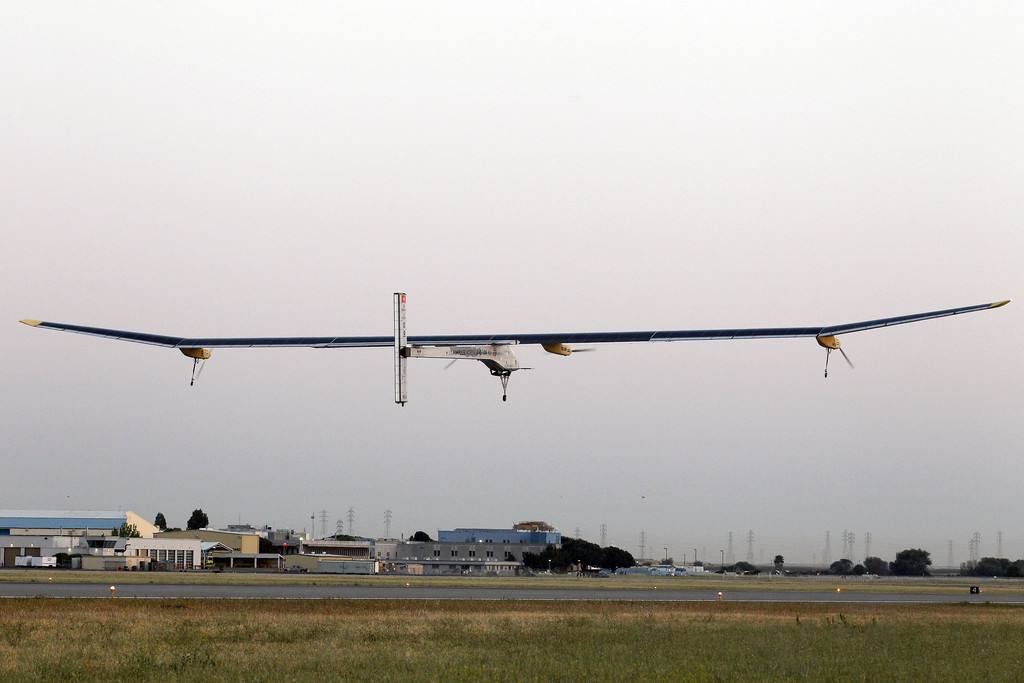
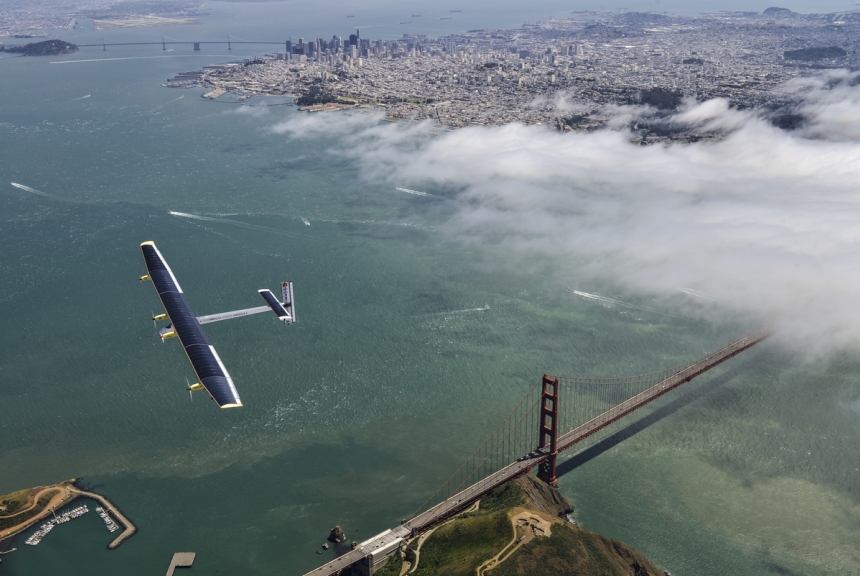
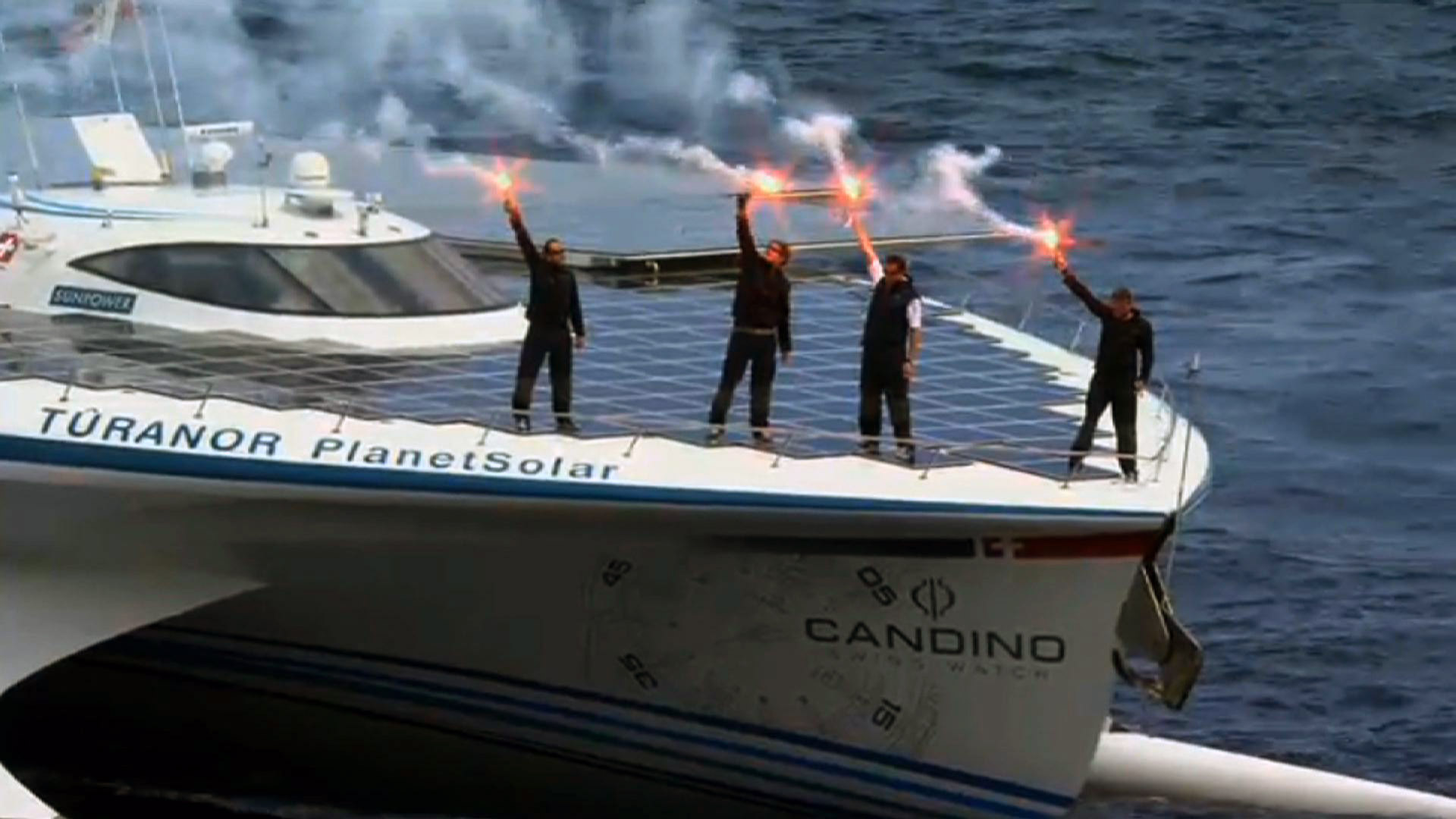
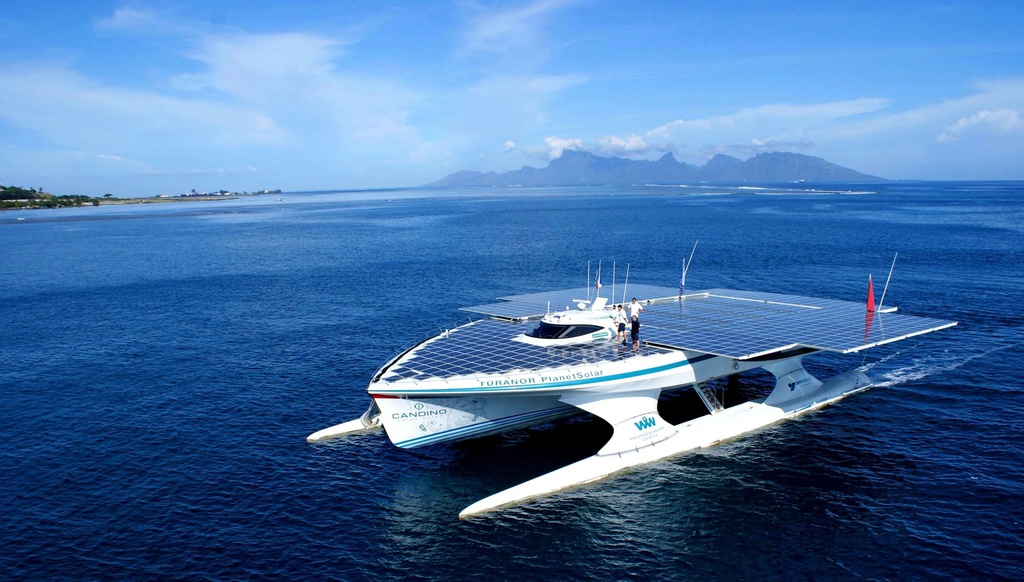
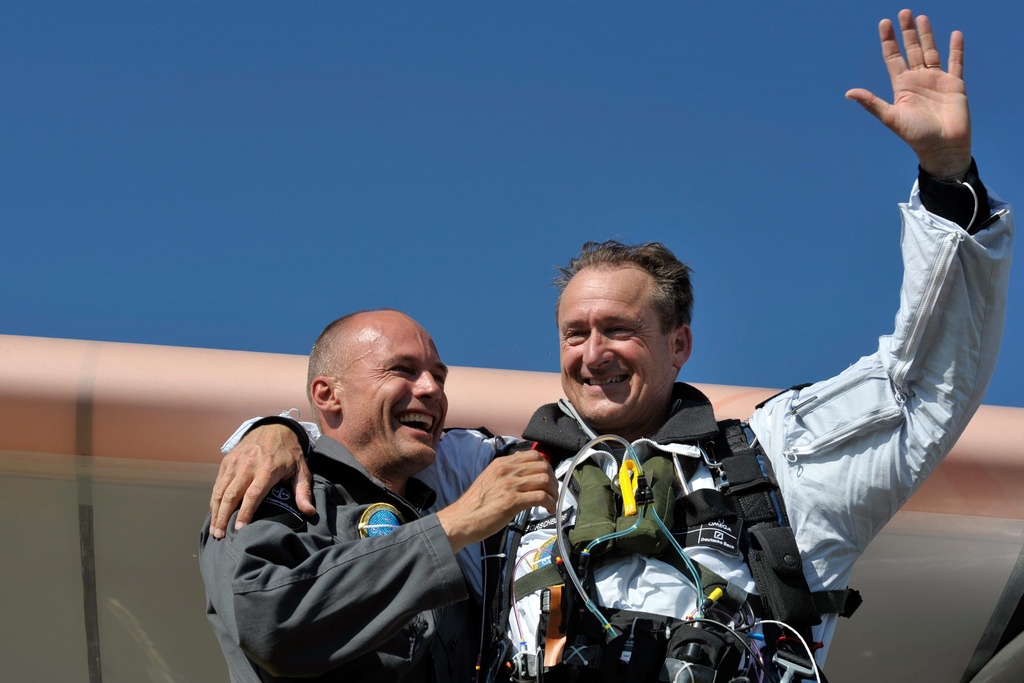
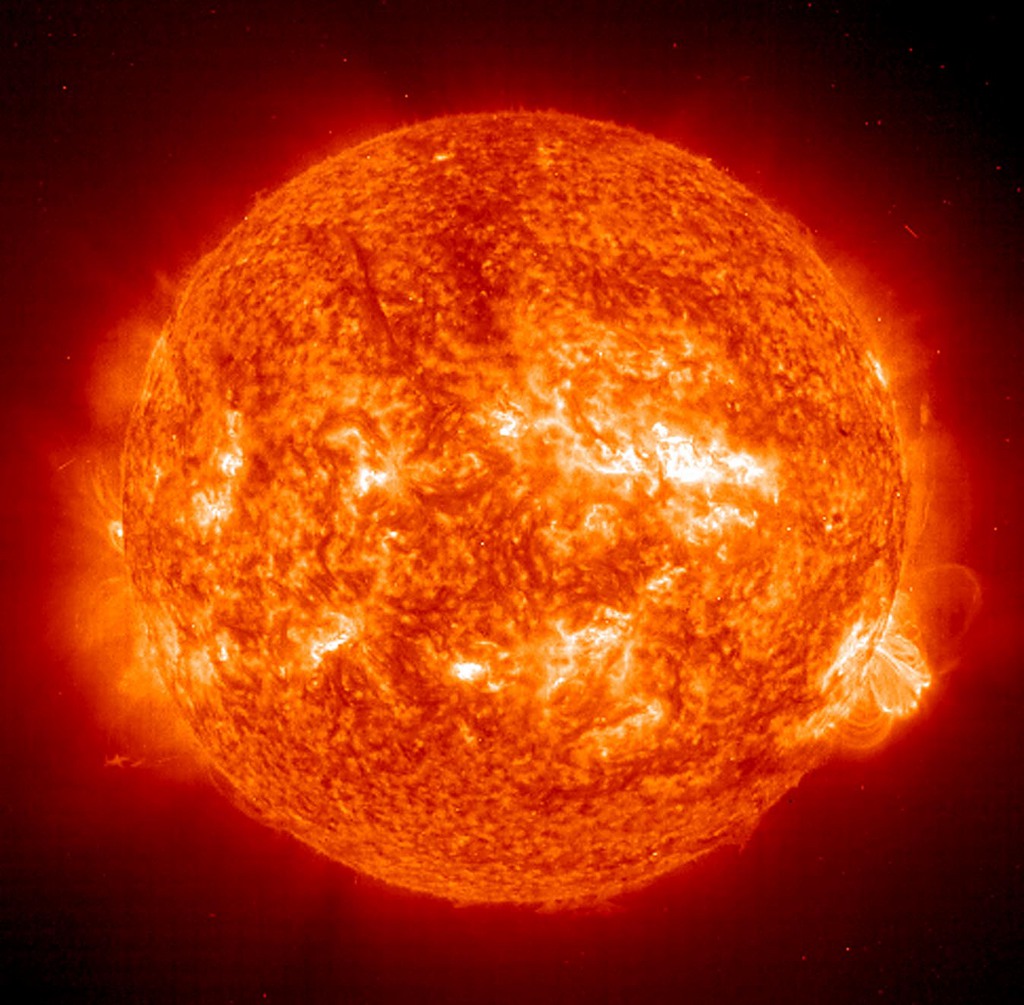
You can find an overview of ongoing debates with our journalists here. Please join us!
If you want to start a conversation about a topic raised in this article or want to report factual errors, email us at english@swissinfo.ch.